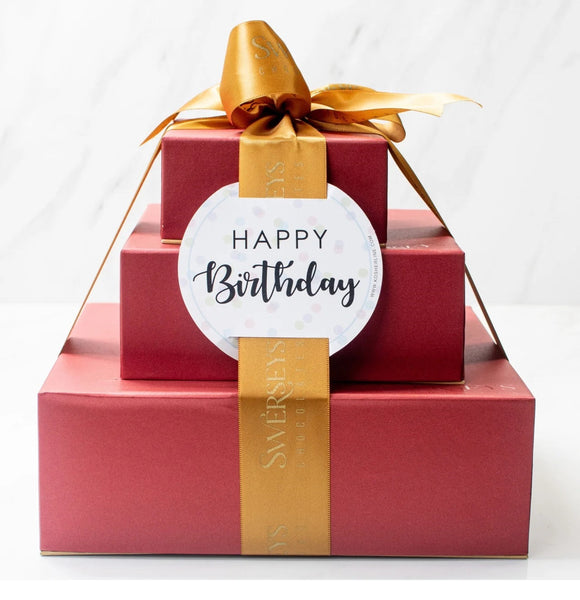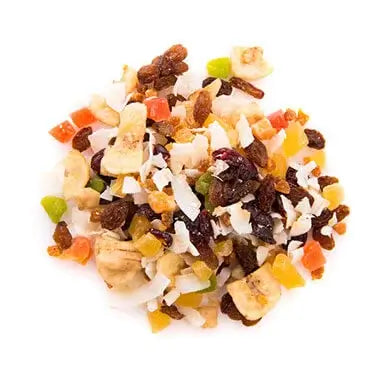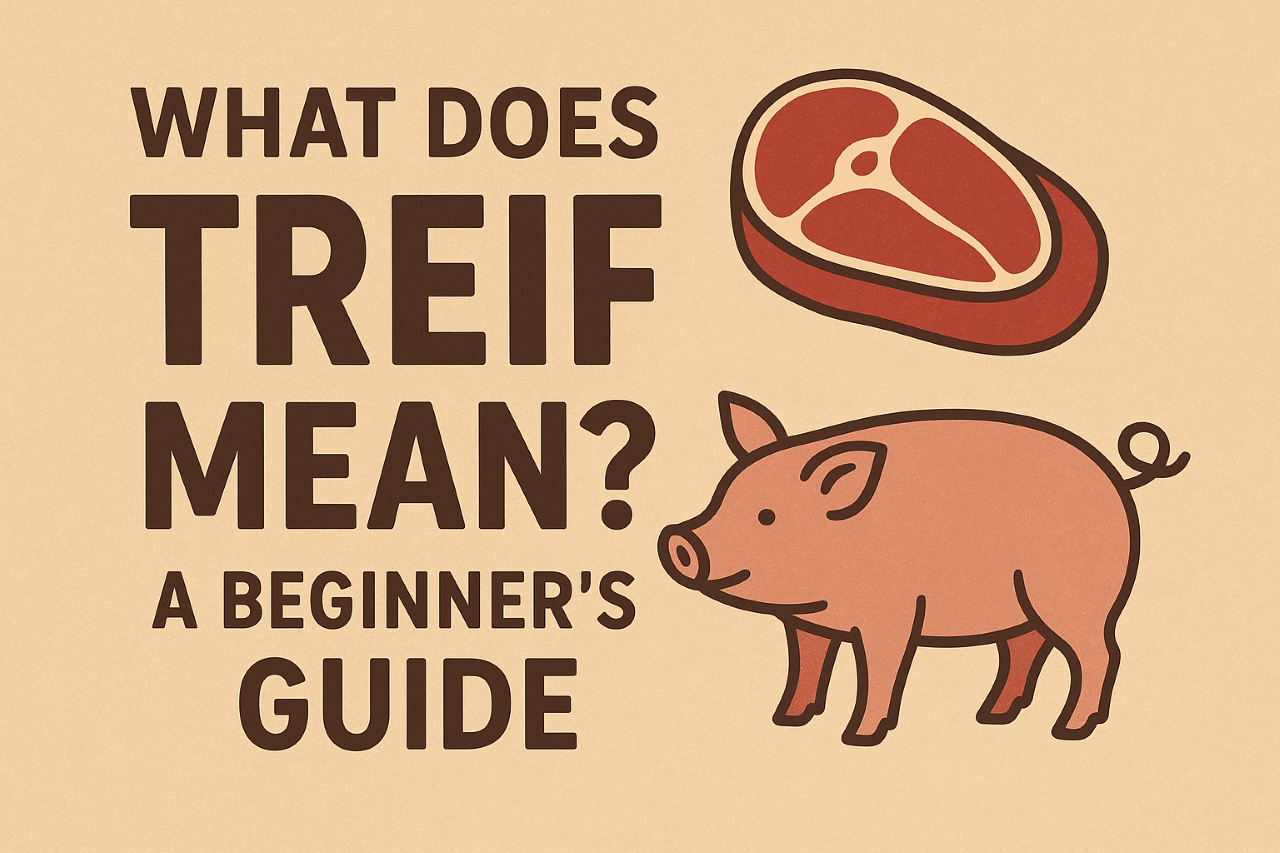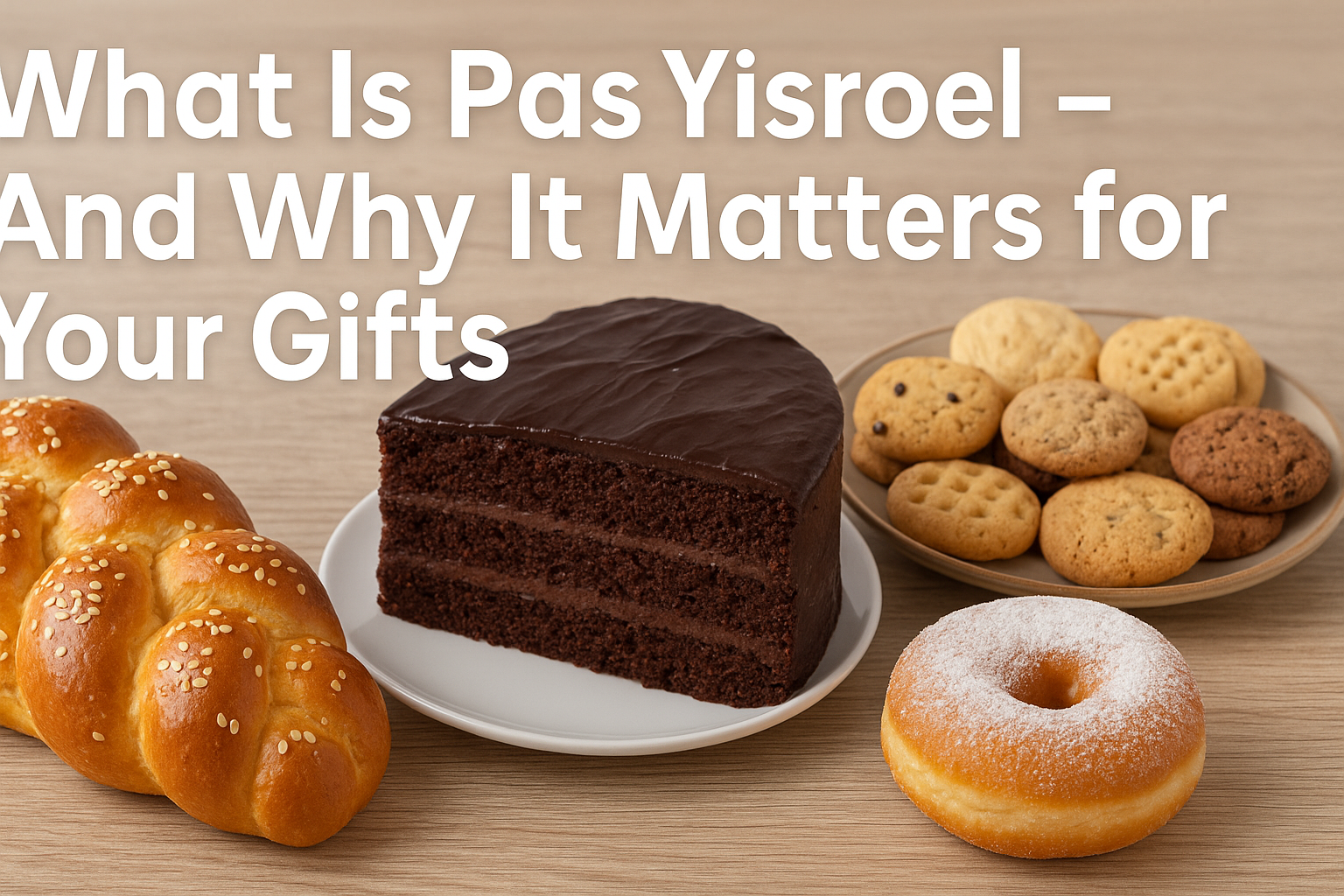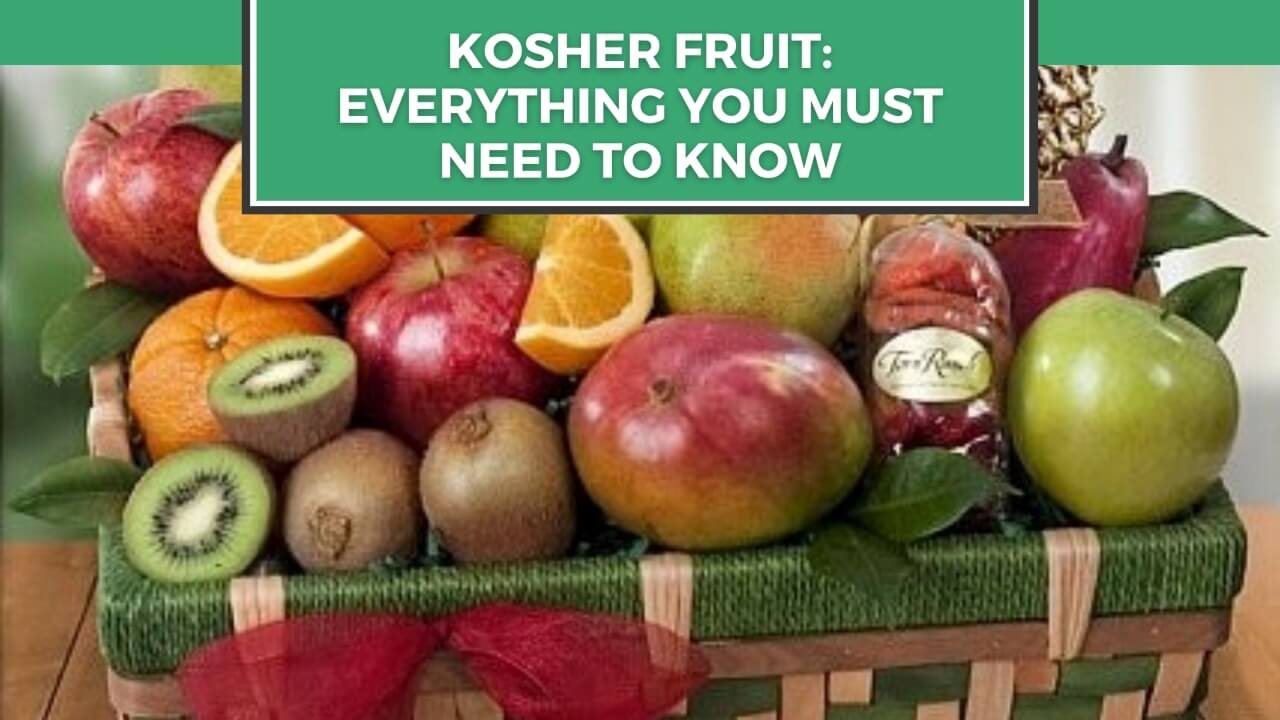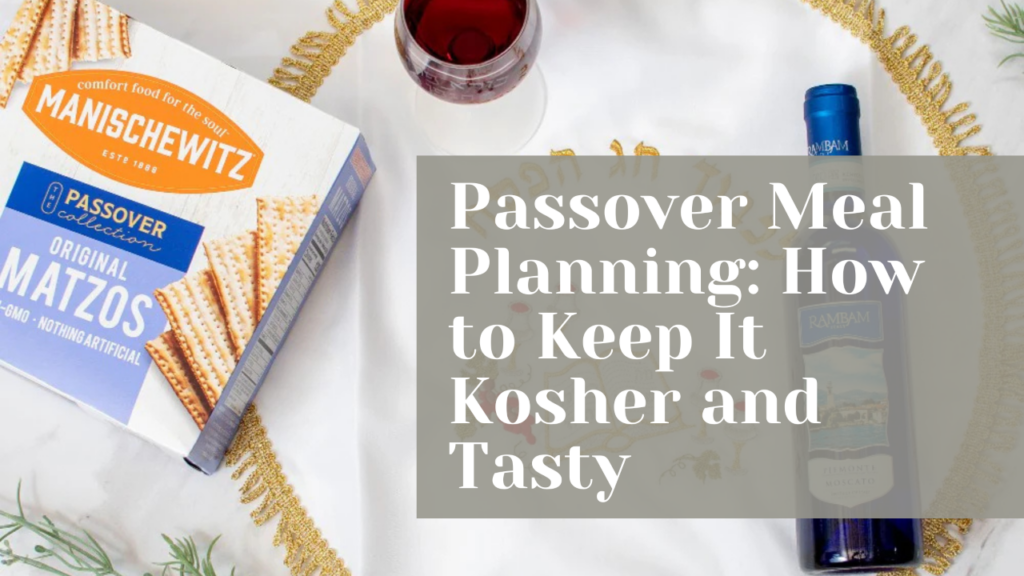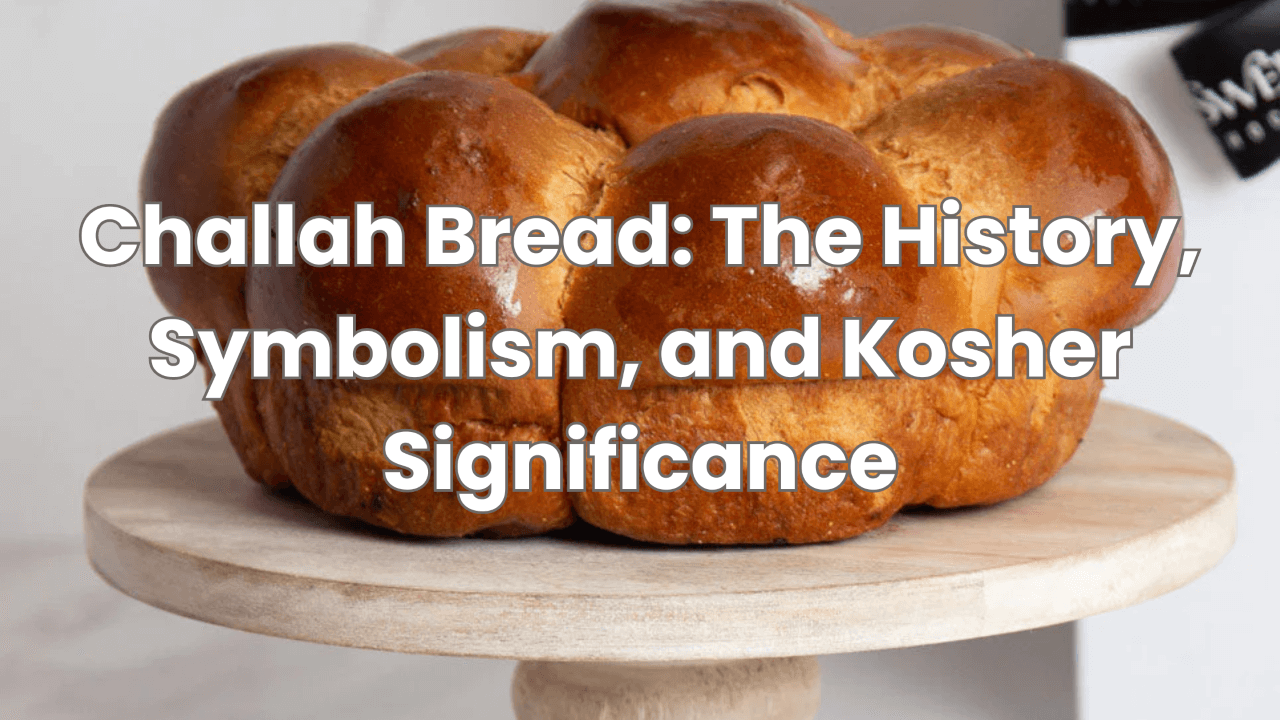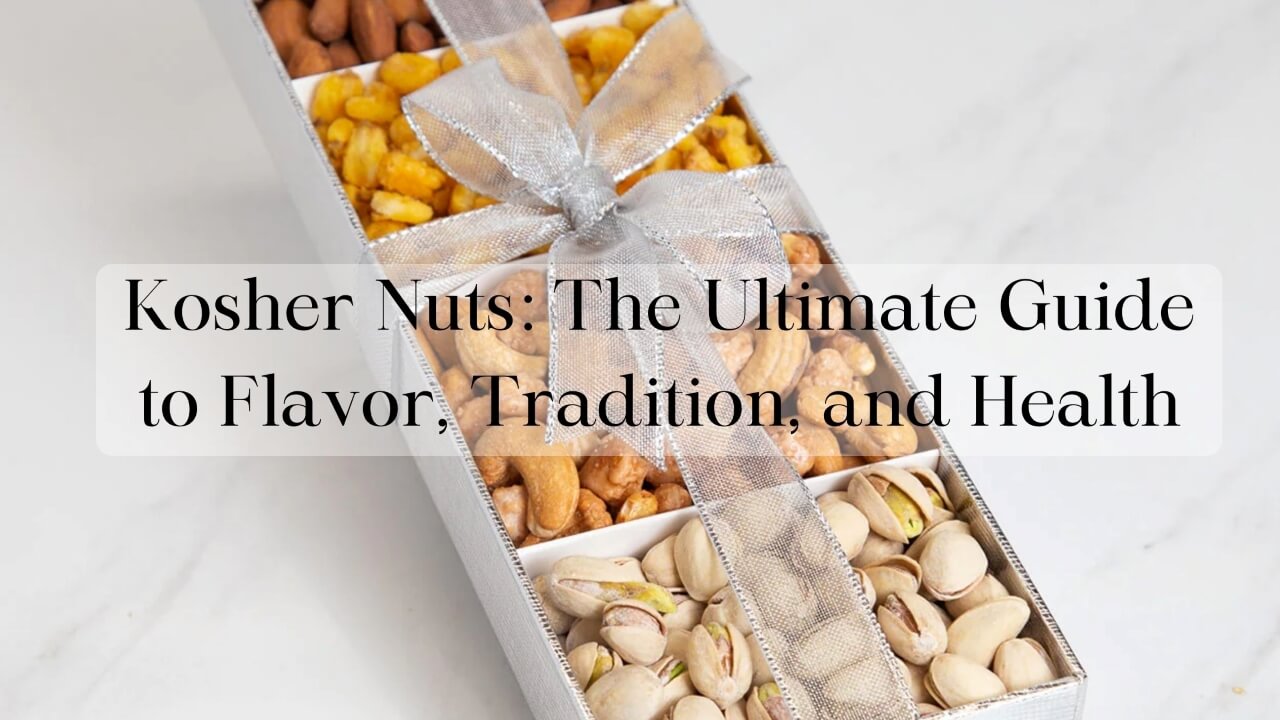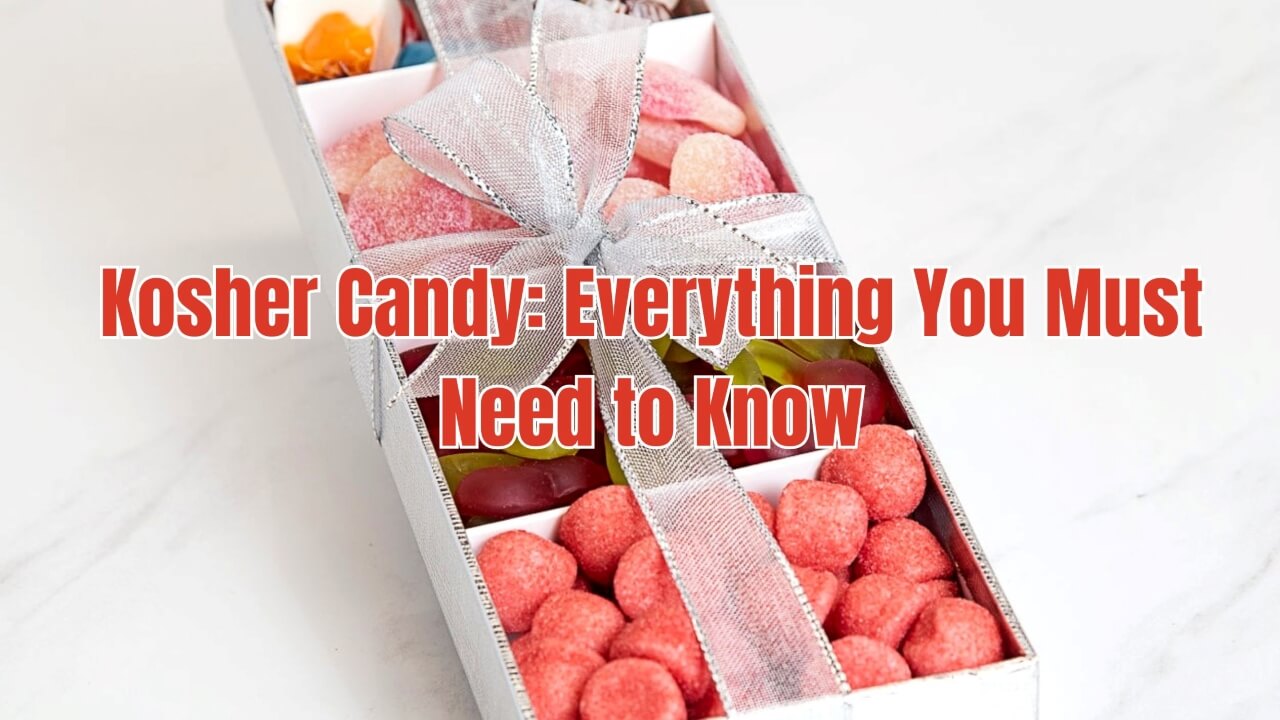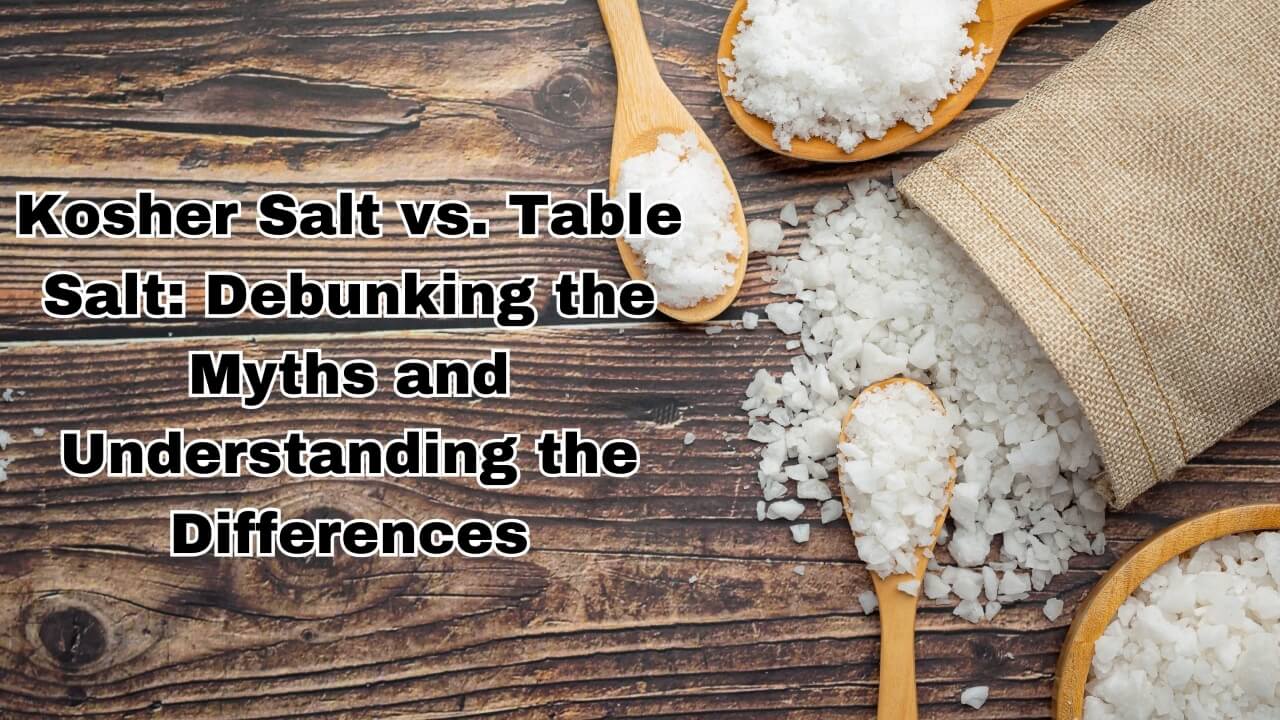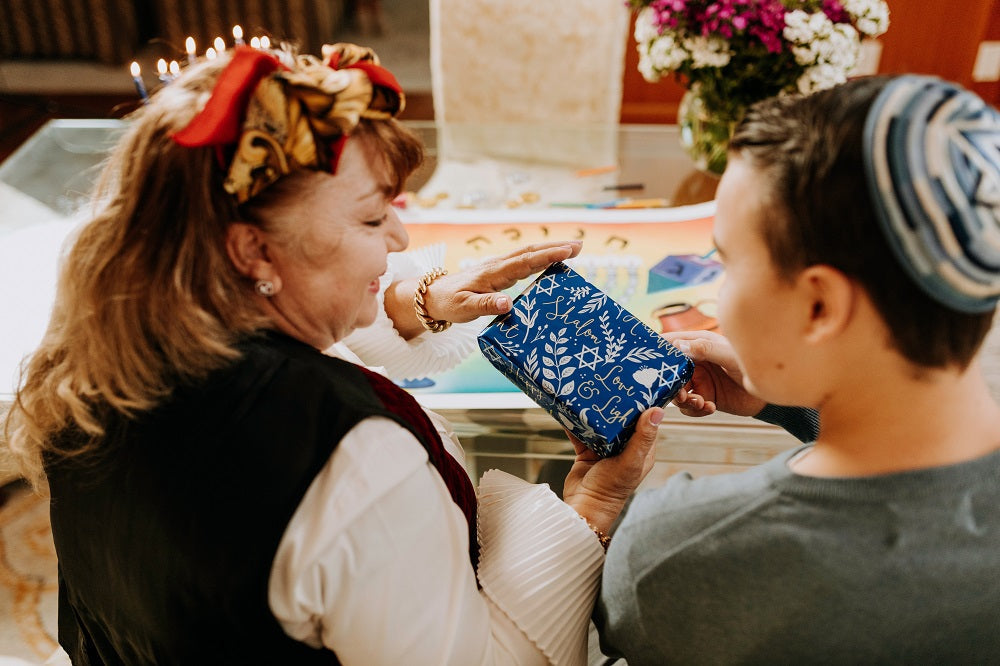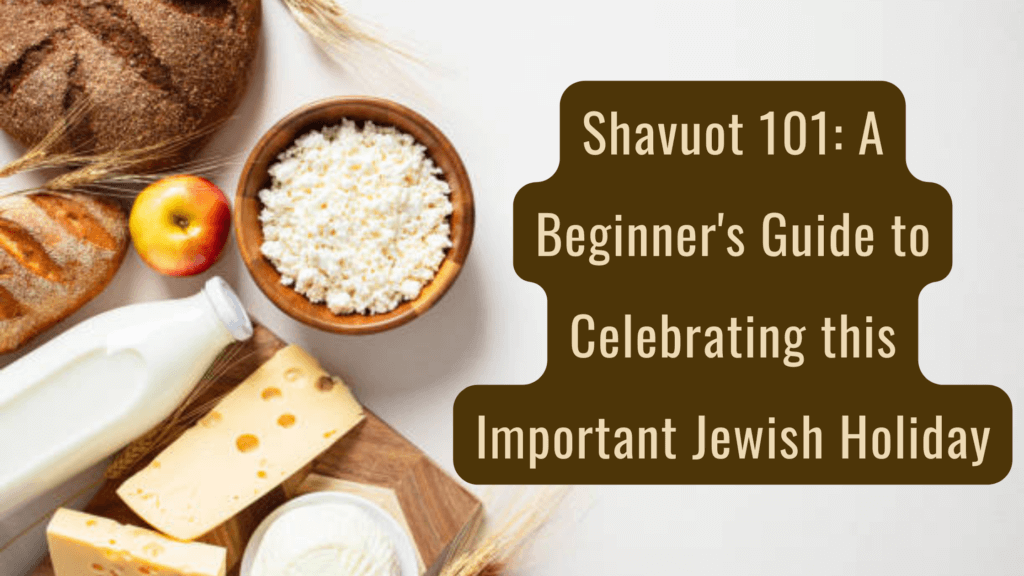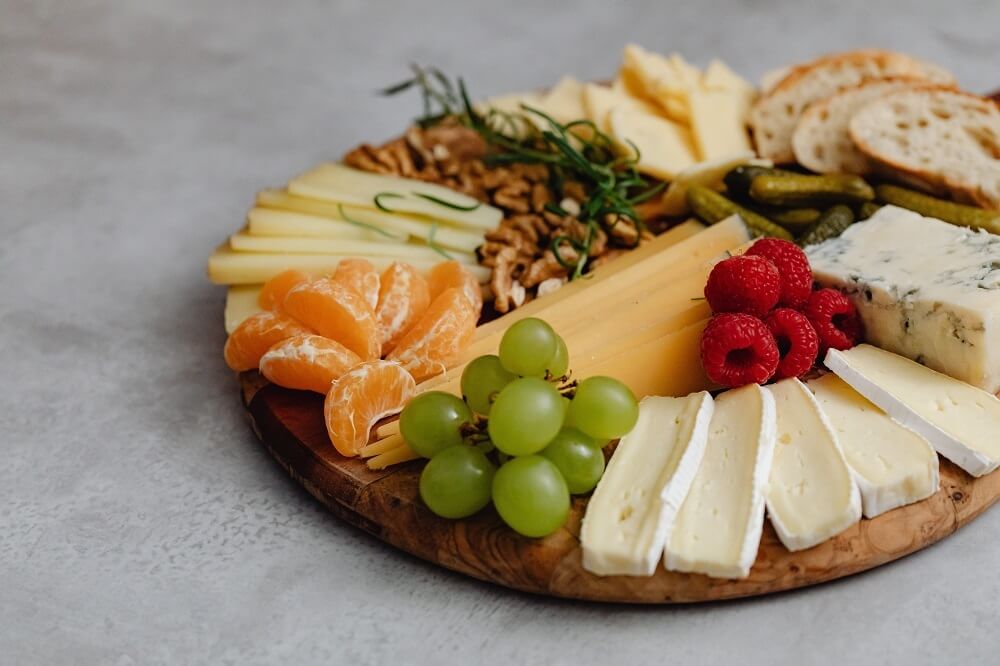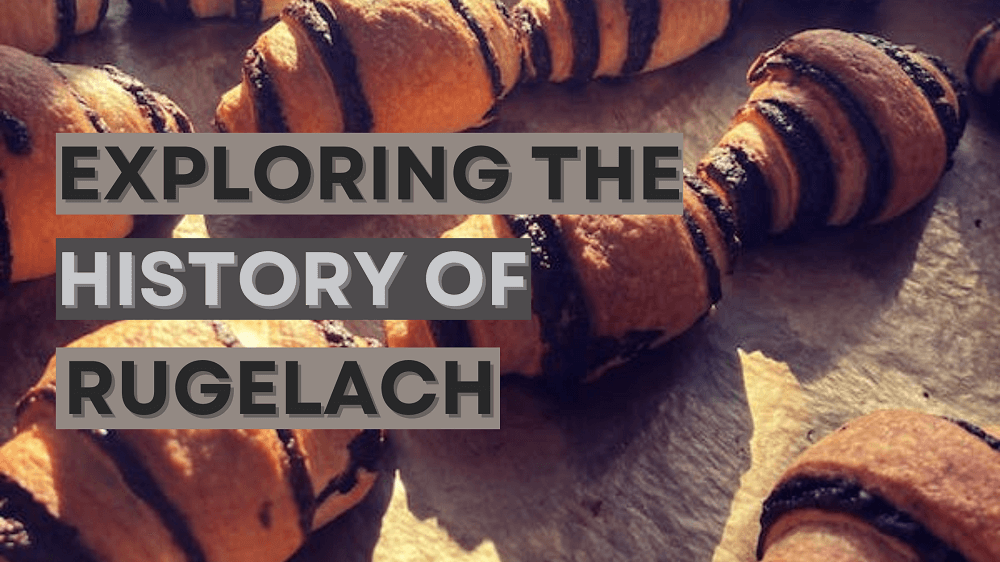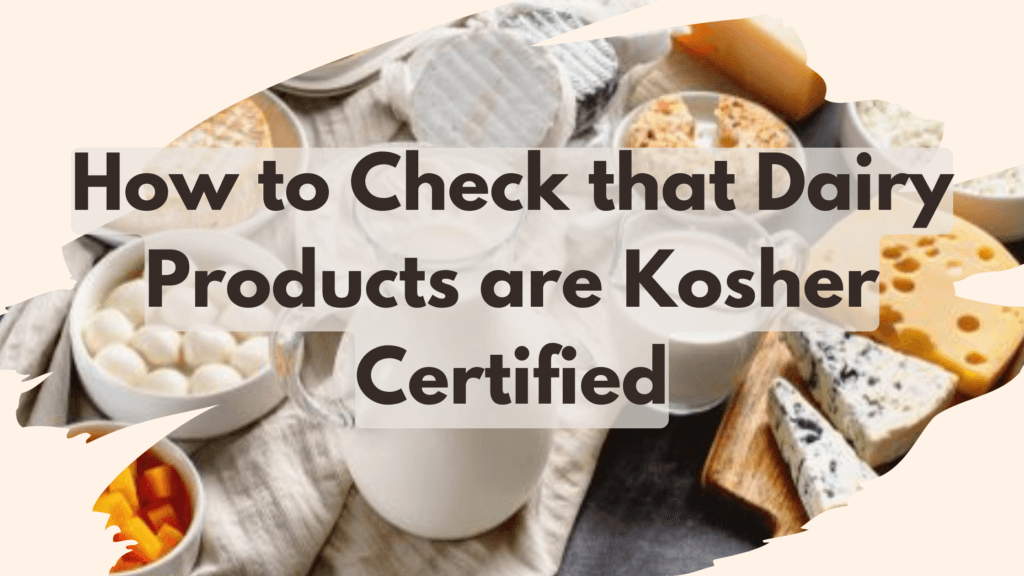Hamantaschen cookies are a delightful treat enjoyed by many during the Jewish holiday of Purim. These triangular-shaped cookies are filled with various sweet fillings and have a rich history that dates back centuries.
In this blog post, we'll delve into the origins of Hamantaschen, explore their cultural significance, and provide a step-by-step guide on how to make these delicious treats at home.
The History of Hamantaschen
The delightful pastry known as Hamantaschen carries with it a rich tapestry of cultural and historical significance, deeply intertwined with the Jewish festival of Purim. The name itself is a nod to the story's antagonist, Haman, with "taschen" in Yiddish meaning pockets or ears, leading to the interpretation of the name as "Haman's pockets" or "Haman's ears."
This connection is not merely linguistic but also symbolic, as Haman is infamously remembered for his nefarious scheme to annihilate the Jewish people, a plot that was ultimately foiled, leading to the joyous celebrations of Purim.
Why are Hamantaschen Shaped Like a Triangle?
The triangular shape of Hamantaschen is steeped in tradition, often thought to mimic the three-cornered hat that Haman is said to have worn. However, this interpretation is one of many, as some suggest that the shape represents Haman's ears, a symbol of his defeat and the
Jewish community's victory over his evil plans. Others believe the corners symbolize the three patriarchs of Judaism—Abraham, Isaac, and Jacob—whose merit is said to have shielded the Jewish people from Haman's plot.
Tracing the Back the Origins
Tracing the origins of Hamantaschen leads us back to the medieval kitchens of Eastern Europe, where they are believed to have first been baked. While the precise beginnings of these pastries are shrouded in the mists of time, their evolution is well-documented.
Initially, they may have started as simple fillings enclosed in dough, but as they traversed through time and geography, they adopted various fillings, shapes, and names, reflecting the local flavors and dialects of the Jewish diaspora.
Cultural Significance
Throughout the centuries, Hamantaschen have become more than just a treat; they are a culinary emblem of Purim's themes—survival, identity, and the reversal of fortune. As families and communities gather to bake and share these pastries, they are not only indulging in a sweet delicacy but also partaking in the retelling of their ancestral stories, reinforcing the bonds of their shared heritage and faith.
Today, Hamantaschen are a beloved highlight of Purim festivities, eagerly anticipated and enjoyed in a multitude of flavors, from the traditional poppy seed and prune to modern interpretations like chocolate and apricot.
Each bite is a reminder of the resilience and enduring spirit of a culture that has, time and again, turned the tables on adversity, celebrating life and unity with every flavorful fold.
Read our blog about Kosher Pastries: A Blend of Tradition and Taste.
How to Make Hamantaschen?

Now, let's dive into the step-by-step process of making Hamantaschen cookies at home.
Ingredients:
- 2 1/2 cups all-purpose flour
- 1/2 cup granulated sugar
- 1 teaspoon baking powder
- 1/4 teaspoon salt
- 1/2 cup unsalted butter, cold and cut into cubes
- 2 large eggs
- 1 teaspoon vanilla extract
- Your choice of filling (poppy seed, prune, fruit preserves, chocolate chips, etc.)
Instructions:
- In a large mixing bowl, combine the flour, sugar, baking powder, and salt.
- Add the cubed butter to the dry ingredients and mix until the mixture resembles coarse crumbs.
- In a separate bowl, beat the eggs and vanilla extract together.
- Gradually add the egg mixture to the dry ingredients, mixing until a dough forms. If the dough is too dry, you can add a tablespoon of water at a time until it comes together.
- Once the dough is formed, divide it into two equal portions, wrap each portion in plastic wrap, and refrigerate for at least 30 minutes.
- Preheat your oven to 350°F (175°C) and line a baking sheet with parchment paper.
- On a lightly floured surface, roll out one portion of the dough to about 1/8 inch thickness.
- Using a round cookie cutter or glass, cut out circles of dough.
- Place a teaspoon of filling in the center of each circle.
- To shape the cookies, fold the edges of the circle inward to form a triangle, pinching the corners to seal.
- Place the filled cookies on the prepared baking sheet, leaving space between each one.
- Bake for 12-15 minutes, or until the edges are golden brown.
- Allow the cookies to cool on the baking sheet for a few minutes before transferring them to a wire rack to cool completely.
- Serve and enjoy the fruits of your labor!
How to Pronounce Hamantaschen?
The word "Hamantaschen" is pronounced as hah-muhn-tah-shuhn. Here's a breakdown of the pronunciation:
- Hah: The first syllable is pronounced like the word 'huh', but with an 'a' as in 'father'.
- Muhn: The second syllable sounds like the word 'munch', without the 'ch' sound at the end.
- Tah: The third syllable is pronounced like the 'ta' in 'taco'.
- Shuhn: The final syllable sounds like the word 'shun'.
It's important to note that the stress is on the first syllable: HAH-muhn-tah-shuhn.
Conclusion
Hamantaschen cookies are not only a delicious treat but also a meaningful symbol of resilience and triumph. Whether enjoyed during Purim festivities or as a sweet indulgence any time of the year, these delightful cookies are sure to bring joy to those who taste them. So, why not try making your own batch of Hamantaschen and celebrate the rich cultural heritage behind this beloved treat?



